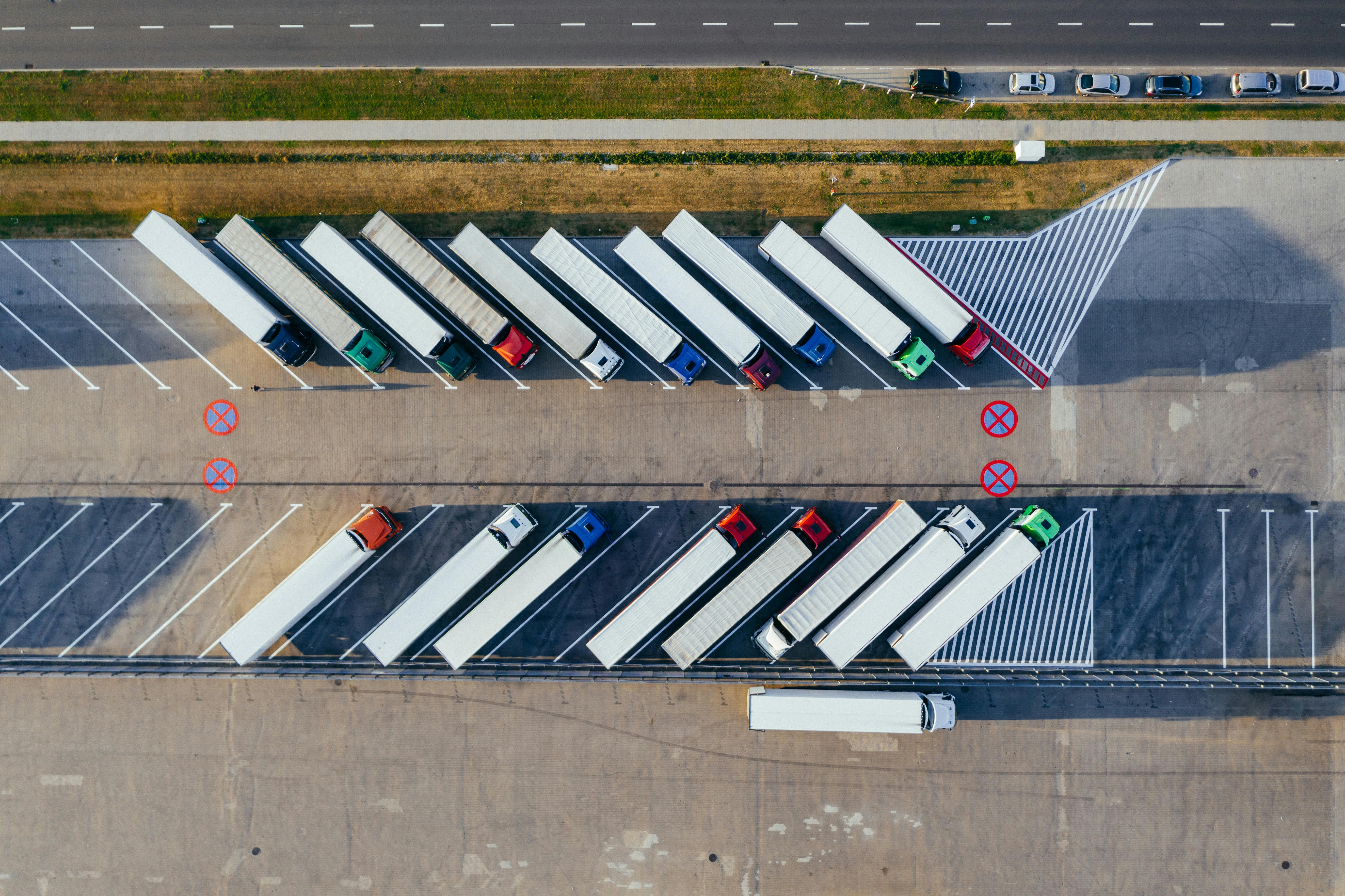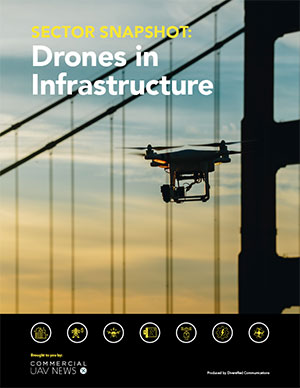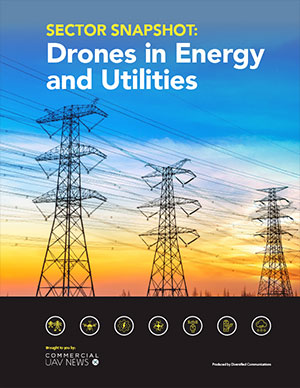What is the environmental impact of drone delivery, now that companies are looking for ways to decarbonize transportation?
Drone delivery company Zipline recently published the results of a sustainability analysis of its UAS logistics system that uses drones for medicine deliveries. The study compares monthly CO2 delivery emissions with transport modalities such as cars, light goods vehicles, motorcycles, and electric vehicles. Ziplines claims the analysis is the “world’s first sustainability analysis of a real-world, called UAS logistics system’s deliveries based on actual customer and order data”, finding a 98% reduction in delivery emissions compared to using cars.
The analysis, titled “The Sustainability of Zipline’s Autonomous Aerial Logistics”, explains how Zipline delivers last-minute medicine deliveries to hospitals, medical facilities, and patients within 80 km of one of its centralized medical warehouses and distribution centers. The goal of the analysis is to identify the sustainability difference between its Zipline network and an equivalent ground-based delivery network.
Drone delivery and its environmental impact
One example is drone-delivery network builder Aerialoop. In November 2024, the Florida-based company published an article outlining its sustainable vision for drone delivery and its environmental impact. For example, its VTOL drones, powered by clean, battery-operated systems, present a viable alternative to the environmental burden of traditional delivery methods.
Geographically, Aerialoop focuses on densely populated cities where delivery volumes are increasing due to e-commerce. Its drone delivery networks operate in dedicated air corridors, bypassing congested roads and alleviating the pressure on ground infrastructure. Aerialoop sees sustainability not just as a goal, but as a responsibility: drone technology is instrumental in creating cleaner, greener cities.
A more balanced view on the environmental impact of drone delivery
The main conclusion of both researchers is that in some cases using electric-powered drones rather than diesel-powered trucks or vans could reduce energy use and greenhouse gas emissions. In other cases, trucks would be more efficient and cleaner (especially electric-powered ones).
Put differently, drones are not always the “best” (or most sustainable) option. This has a lot to do with the type of drone used (along with its payload), which is related to the amount of energy a drone uses. They also point out that while a drone using batteries is cleaner than burning fuel, making batteries still generates carbon dioxide.
They also make a valid point for allocating the energy needs and environmental effects per package instead of a single electric drone or heavy steel delivery truck burning diesel fuel. While the first one uses much less energy per mile than the second one, it cannot carry that many packages. The authors state that drone delivery requires transportation in multiple legs due to the drone’s range. This would require opening new warehouses, which also use electricity and potentially natural gas to operate. These new warehouses in a way nullify the sustainable gains of drone delivery, and it explains why for large packages, it’s probably better to use electric vans or trucks instead of large drones (the emission savings are more obvious for small drones compared to any truck or van).
Drones for last-mile delivery
This article outlined recent and less recent findings on the sustainability effects of drone technology. A common finding among these publications is that the sustainability effects are most obvious for smaller drones when used for last-mile delivery. With other logistics firms and retail companies such as FedEx, DHL, and Amazon turning to drones to deliver packages to customers, exactly this type of drone delivery will continue to grow.















Comments